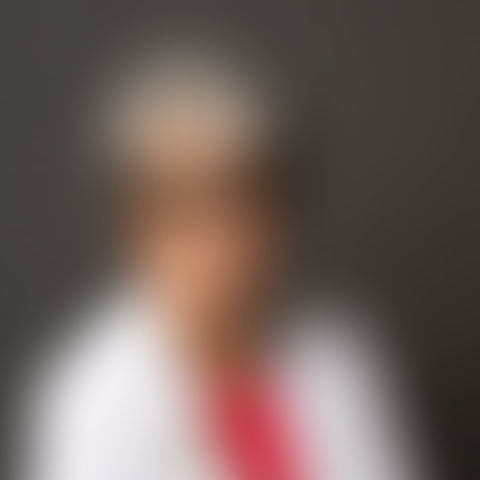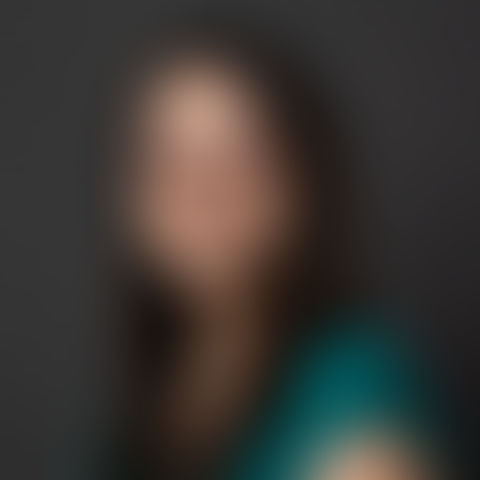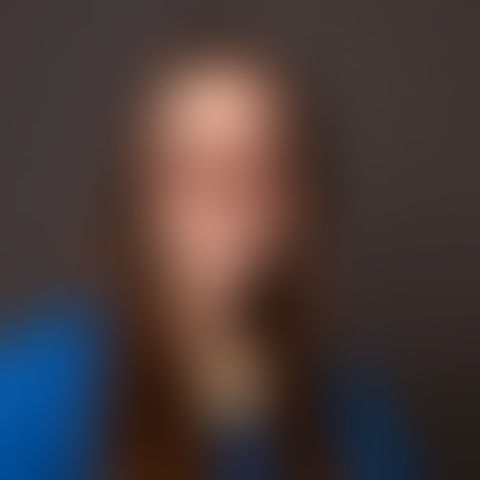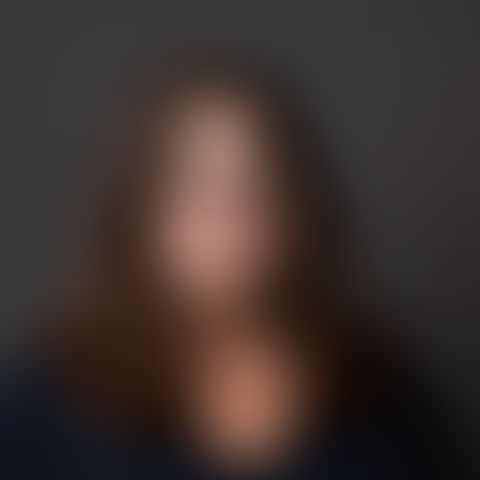Dr. Connie Ho has joined South East Eye and will be seeing patients on Tuesdays and Fridays!

a modern approach to family vision care
At South East Eye we work to bring you clear vision & exceptional care.
a clear vision
At South East Eye, our goal is to make sure that you are happy with your vision, no matter what your needs may be. We take the time to listen to your concerns and provide personalized solutions for your individual needs. Come visit us and experience the difference.

eye care services
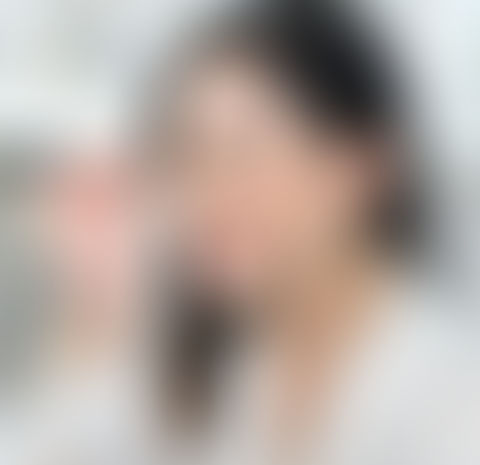








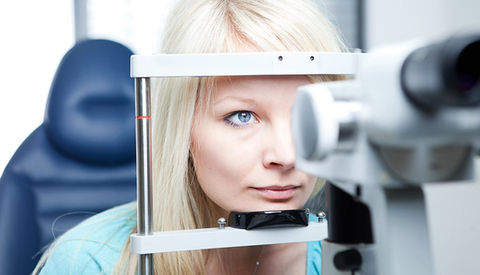


















































the perfect frame
At South East Eye, we have a huge selection of frames to choose from and our team is there to help you pick the best option for you and your lifestyle. With over a thousand frames in office with options for adults and children from top brands, we have the perfect ones for you.


the latest technology
We use the top technology to provide our patients with the best possible eye care. From advanced imaging equipment to specialized testing systems, our optometrists are able to accurately detect and diagnose a wide range of eye conditions. Our practice is committed to staying up-to-date with the most advanced technology to provide the highest level of eye care.

have a question?
South East Eye is here to help you see clearly! Our experienced optometrists provide comprehensive eye care and stylish eyewear to improve your vision and enhance your look. Come in and let us help you discover your best vision today!
Many insurances cover routine eye exams, however, do check your specific insurance benefits. You will be financially responsible for payment of all co-pays, deductibles, and non-covered services.
Usually not; it’s generally either or, not both. This is why we ask for all insurances so we can find the best way for you to maximize your benefits.
You will need a photo ID, all information for your insurances and medications. Please also bring any and all eyewear that you use such as your glasses, sunglasses, and contact lenses. If you have old records they are appreciated.
Unless you are a minor, generally have a caretaker or feel unable to drive after a dilation and want one done, you may come alone. Many people enjoy having a friend come with them to aid in selecting glasses and to ensure that if dilation is performed they can get home safely without having to worry about driving.
Unfortunately no, at this time we are unable to provide multiple language support. There are many community health centers in our area however, and they have translating capabilities.
Patients who arrive more than 5 minutes late will be treated as walk-ins. We will still try to see you however, we will not disrupt the flow for patients who are on time or early for their scheduled appointments. At 10 minutes past we will consider you a no-show.
You must contact us at least 8 business hours before your appointment to cancel without penalty. If you have two cancellations and/or no-shows we reserve the right to refuse future appointment requests.
There is no evidence to support that any more than wearing shoes too much will worsen the feet. At young ages, it is important to wear the glasses as much as possible so newly forming nerves for vision can be properly developed. Later on, wearing glasses more often helps prevent eye strain and possible headaches from seeing blurry.
Your doctor’s prescription is just one factor in determining how well you see through your glasses. The quality of the lenses used and the fit of the frames can greatly influence your clarity of vision and comfort with your glasses. A skilled optician can help you select the best materials for your budget and ensure they are made properly.
Depending on the amount of change in your new glasses, it may take your eyes a few days to adjust.
Wearing sunglasses is like wearing sunscreen for your eyes. It’s not the darkness of the lenses that protects your eyes from the damaging effects of UV light; it’s the actual UV filter and sometimes the lens material that absorbs the UV. In fact, very dark sunglasses that do not have UV protection can actually damage your eyes!
Polarized lenses are the best option for eliminating glare. Hunters, boaters, fisherman, golfers and drivers are just a few who can benefit from polarized lens’ glare blocking properties. Any surface can create glare in sunlight, especially water, snow, sand, windows, vehicles and buildings. Polarization eases eye strain in bright sunlight. Available in prescription, different colors, materials and designs.
It is a special coating that reduces distracting reflections. The results are: more transmitted light, better quality of vision, improved night vision, and reduced eye fatigue. Great for working on a computer or for driving at night, these lenses also offer a cosmetically appealing “invisible lens look” that makes the lens “disappear” and shows your eye more clearly.
Your provider will check your vision and ocular health. You will be asked questions that relate to any problems you may have. Measurements will help determine any need for corrective wear such as contact lenses or glasses. Your ocular health will be checked for things such as cataracts, glaucoma, macular degeneration or other disorders. Eye drops may be used to enlarge (dilate) your pupils to facilitate viewing of the inside of your eyes. Medication may be prescribed for ocular problems or a referral may be suggested for conditions requiring further intervention, such as cataracts.
A comprehensive eye examination may take from 20-45 minutes.
Most people should get their eyes tested every 1-2 years. If you have had a sudden loss of vision or change in vision in one or both of your eyes or if your eyes are red or painful you should be seen right away.
An eye exam will check your vision to see if you need glasses to help you see better, but will also look for any problems with the health of your eyes. Vision can change gradually over time so even when you feel like your vision is fine it may have changed enough that glasses will improve your vision. More importantly, an eye exam will check for any health problems in your eyes including cataracts, glaucoma or any circulation problem in the back of the eye (the retina). Often when these problems are found there are no symptoms. The sooner problems are found the better the long term outcome.
Most, if not all, of the reason we need a correction such as glasses is due to genetics. The biggest control we all have in preventing worse vision is sound health practices. Avoiding trauma to the eye from UV light by wearing sunglasses when appropriate. Good nutrition to prevent diabetes – which can have a significant effect on the eyes. Having routine eye examinations including a dilated eye evaluation. Eyes will change over time, the best we can do is stay on top of the changes.
OptiLight by Lumenis is a safe, gentle, and effective treatment done to manage dry eye disease. This non-invasive procedure is the first and only FDA-approved intense pulsed light (IPL) treatment for dry eye management. OptiLight uses pulses of light precisely administered in the area below the eyes to reduce dry eye symptoms. This 10-15 minute procedure can relieve dry eye symptoms by:
Increasing tear break-up time
Reducing the amount of demodex mites and bacteria around your eyes
Decreasing inflammation inflammation
Improving meibomian gland functionality
Dry eye disease is a common eye condition that occurs when there is an issue with any one of the three components of your tears. Your tears are made up of 3 distinct layers, all of which work together to keep your eyes healthy:
The oily layer prevents your tears from evaporating too quickly
The watery layer delivers nutrients to your eyes
The mucus layer keeps your tear film stuck to the surface of your eyes
There are two types of dry eye disease:
Evaporative Dry Eye (EDE) EDE is the most common type of dry eye disease. This type of dry eye occurs when you lack the proper amount of oil in your tears. When this happens, your tears can evaporate too quickly, drying out your eyes. In some cases, EDE can be caused by meibomian gland dysfunction, a disorder where the meibomian glands in your eyes become blocked, limiting the amount of oil being produced for your tears.
Aqueous Tear Deficiency (ATD) If you suffer from ATD, your eyes lack the aqueous layer in your tears. This means that your eyes aren’t producing enough tears to keep the eye moist, which can lead to irritating and uncomfortable symptoms.
If you are suffering from dry eye disease, you may notice any of the following symptoms:
A burning or scratchy sensation in your eyes
Stringy mucus in or around your eyes
Irritated or overly-watery eyes
Sensitivity to light or photophobia
Eye redness, blurred vision, or eye fatigue
A sensation of having something in your eyes
Difficulty wearing contact lenses
If you are experiencing any of these symptoms, book an appointment with your eye doctor to receive a dry eye disease diagnosis and get the treatment you need.
If your eye doctor has recommended the OptiLight treatment, they will go over everything you can expect before, during, and after your appointment.
To prepare for your appointment you should avoid:
Using skin brightening agents or serums for the week before your appointment
Using tanning beds 1 month prior to your appointment
Getting botox for at least 3 months before your appointment
Taking oral isotretinoin, tetracycline, or doxycycline in the 3 months prior to your appointment
This treatment is fast and simple, taking only 10–15 minutes. During your treatment your doctor will apply a cool gel on the treatment area and cover your eyes with shields to protect them. As light is applied to the skin, you may experience a warm or a tapping sensation, but you shouldn’t feel any pain.
The OptiLight device that South East Eye uses is the only FDA approved device for treating dry eye with IPL.
IPL stands for Intense Pulsed Light. It has been used in the aesthetic world for nearly two decades as a skin rejuvenation treatment. It has been clinically found to improve dry eye disease in patients with meibomian gland dysfunction, and to reduce chronic inflammation.
IPL is a non-invasive light-based therapy that targets inflammation and blepharitis, the root cause of dry eye and meibomian gland dysfunction. Roughly 85% of patients with dry eye have meibomian gland dysfunction.
Most patients will have four (4) sessions spaced out by 3-4 weeks. Then maintenance treatments may be needed 1-2x per year depending on efficacy of at-home therapies.
The skin may appear red and have a mild sunburn-like sensation that usually lasts for 4-8 hours, but can last up to 72 hours. In rare cases you may experience some very mild swelling. Pigmented areas may become darker initially and begin to flake after several days.
There is no cure for dry eye. Clinical studies have shown that if chronic dry eye disease is not properly managed the meibomian glands will atrophy and die off. IPL is a treatment program that helps maintain proper eye health and comfort, similar to regular cleaning appointments with your dentist.
the see team
